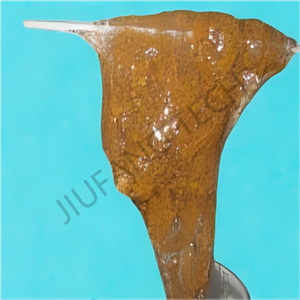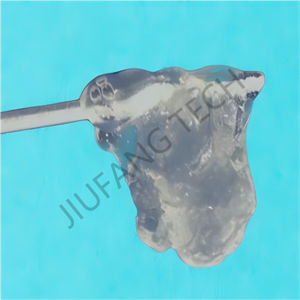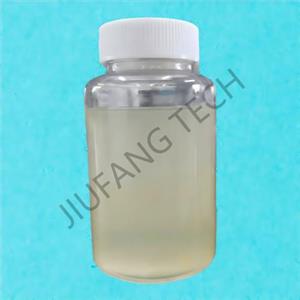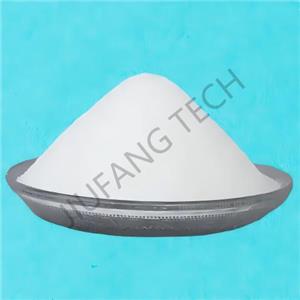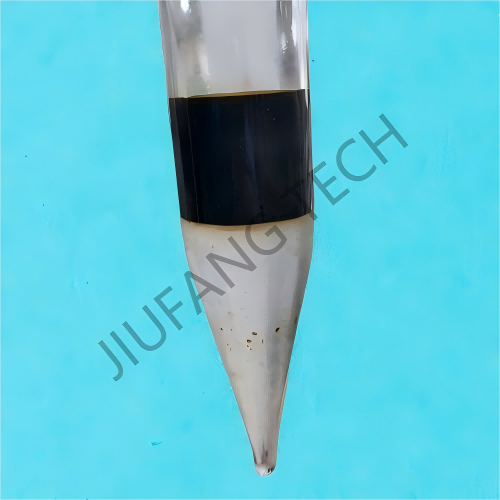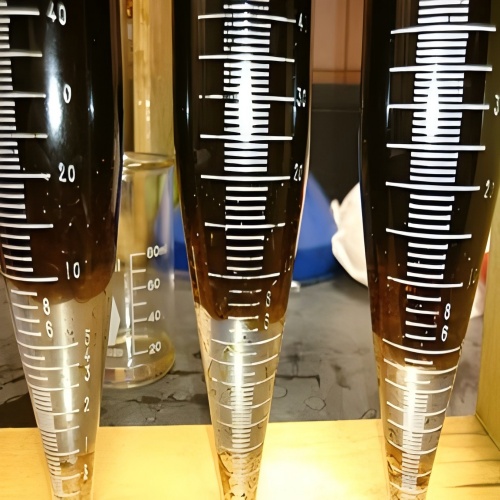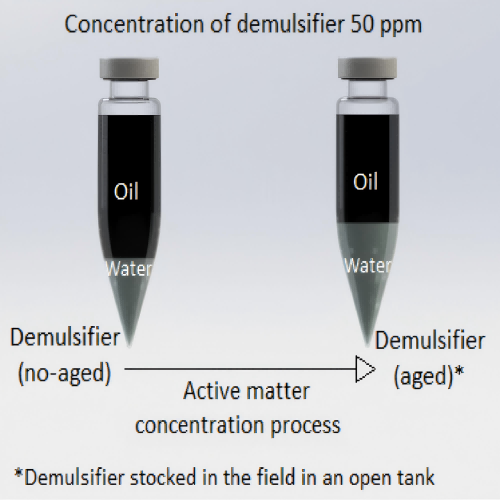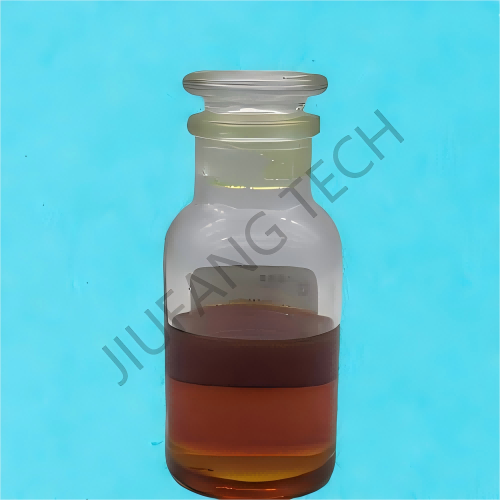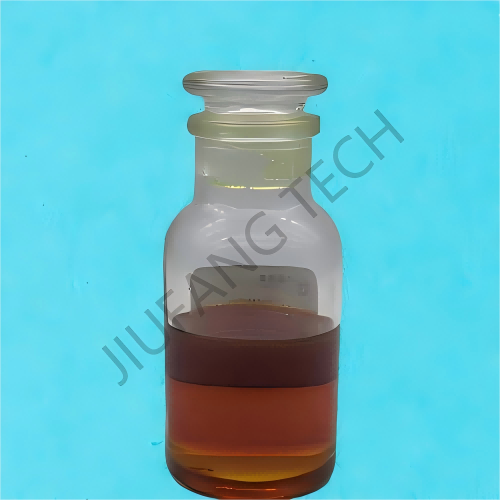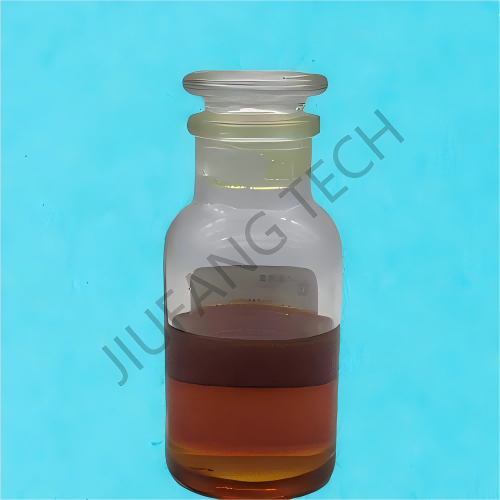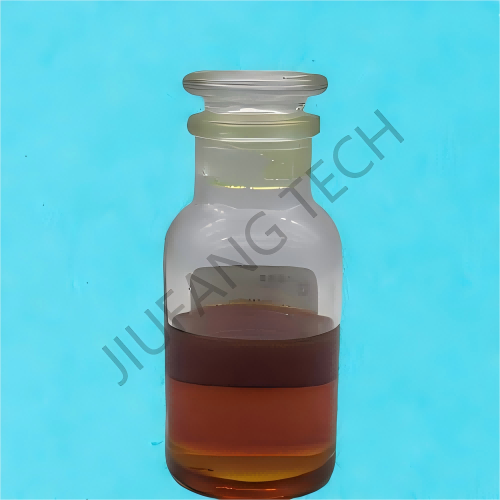
Demulsification of Water-in-oil Emulsion
Brand Jiufang
Product origin Shenyang
Delivery time Lead time: 7days
Supply capacity 1000Metric Tons per Month
1. Demulsification emulsion is a product formed by the block polyether of ethylene oxide and propylene oxide.
2. Demulsification emulsion are divided into oil-based products and water-based products.
3. We sell the demulsifier emulsion dewatering product in IBC as a wholesale demulsifier supplier.
Download
Determination of the Optimal Dosage of Demulsification emulsion, the purpose is to establish the relationship between the dosage of demulsifier emulsion and the water-in-oil demulsification effect, avoiding insufficient dosage (poor effect) or excessive dosage (waste/re-stabilization).
Operation Steps:
1.Take 6-8 centrifuge tubes (or separating funnels) of the same specification, and add 50 mL of standardized demulsification emulsion to each.
2. Add different volumes of demulsification emulsion diluent respectively, so that the final dosage gradients are: 0.01%, 0.05%, 0.1%, 0.3%, 0.5%, 1.0% (based on the total mass of the emulsion).
3. Gently shake for 10 seconds (simulating on-site stirring), and then place them in a constant - temperature water bath (at a fixed temperature, such as 50℃) to stand still.
4. After setting a fixed time (such as 2 hours), measure the demulsification emulsion effect (such as dehydration rate, clarity of the oil phase).
Result Analysis: Plot a "dosage-dehydration rate" curve, and find the dosage at which the dehydration rate is the highest and tends to be stable (the inflection point is the optimal dosage).
Optimal Temperature Experiment
Purpose: To determine the optimal temperature for promoting demulsification emulsion(balancing efficiency and energy consumption).
Operation Steps:
1. Take the same demulsifier emulsion dewatering sample and add the determined optimal dosage of demulsifier.
2. Place them in constant-temperature water baths at different temperatures (such as 20℃, 30℃, 40℃, 50℃, 60℃) respectively, and let them stand for the same time (such as 2 hours).
3. Measure the demulsification emulsion effect at each temperature (such as dehydration rate, final dehydration rate).
Precautions: The upper limit of the temperature should be lower than the decomposition temperature of the demulsifier emulsion dewatering (which can be determined by thermogravimetric analysis-TGA) and the volatilization temperature of the emulsion components (for example, for crude oil emulsion, the temperature should be ≤ 80℃).
Result Analysis: Generally, as the temperature increases, the dehydration rate rises. However, the temperature corresponding to the point where the growth rate slows down is the optimal one. For example, if the dehydration rate reaches 90% at 50℃ and only 92% at 60℃, then 50℃ is more economical.
Optimal Demulsification emulsion Time Experiment
Purpose: To determine the shortest time required for complete demulsification emulsion (improving treatment efficiency).
Operation Steps:
1. Fix the emulsion, the dosage of demulsifier emulsion dewatering, and the temperature (the optimal values determined in the previous two steps).
2. After standing still, measure the dehydration rate or the water content in the oil phase at regular intervals (such as 10 minutes, 30 minutes, 1 hour, 2 hours, 4 hours).
3. Record the change of the dehydration rate over time (for example, it rises rapidly in the first 30 minutes and basically stabilizes after 2 hours).
Result Analysis:
When the dehydration rate has no significant change (fluctuation ≤ 2%) within 30 minutes, the corresponding time is the optimal one (such as 2 hours).
Optimization Experiment of Addition Method
Purpose: To verify the influence of the dispersibility of the water-in-oil demulsification emulsion on the effect (such as dilution ratio, stirring intensity).
Operation Steps:
1. Compare different addition methods: Dilution ratio of the demulsification emulsion (such as undiluted, 10 - fold dilution, 50 - fold dilution, 100 - fold dilution).
Stirring intensity after addition (such as 0 r/min, 50 r/min, 100 r/min, 200 r/min, with a stirring time of 30 seconds).
2. Fix the dosage, temperature, and time, and measure the demulsification emulsion effect. Result Analysis: Usually, when the emulsion demulsifier demulsification is diluted 10-50 times and stirred at a low intensity (50 - 100 r/min), it can be dispersed more evenly, resulting in a better effect (over - stirring may cause re - emulsification).
Optimization of Auxiliary Conditions (such as pH, Electric Field / Centrifugation) For complex emulsions (such as highly stable emulsions), auxiliary conditions need to be investigated:
Effect of pH Value: Adjust the pH of the demulsifier emulsion dewatering with acid / base (such as 3, 5, 7, 9, 11), add the water-in-oil demulsification, and then measure the effect.
Ionic demulsifier emulsion dewatering is sensitive to pH, and the optimal range needs to be found.
Electric Field Assistance: For Water-in-Oil demulsification (such as crude oil), apply different voltages (such as 500V, 1000V, 1500V) in the demulsification emulsion tank, and measure the demulsification emulsion time. Although an increase in voltage can shorten the time, breakdown should be avoided.
Centrifugation Assistance: For difficult - to - demulsify systems, use a centrifuge (such as 3000 r/min, 5000 r/min) for treatment, and compare the centrifugation time and the demulsification emulsion effect (balancing centrifugation energy consumption and efficiency).


Industry-specific attributes
| Name | Demulsifier(water-in-oil demulsification) | |||
| Items | Indicator | |||
| Application | Demulsifier emulsion dewatering | |||
Other Attributes
| Appearance | Yellow to Brown liquid,no impurities | |||
| Odor | Slightly Odorless | |||
| Density (20°C ) | 1.1- 1.25 g/ml (9.51-9.85 lb/gal) | |||
| Content(%) | >35 | |||
| Viscosity (20°C ) | < 150cp | |||
| PH (20°C) | 3~6 | |||
| Freezing point | 12°C (10°F) | |||
| Boiling point | 99 °C (210°F) | |||
| Solubility in water | Soluble,easily dispersible | |||
| Closed flash point,℃ | ≥70 | |||
| Shelf life | 12 months | |||
Supply Ability
| Supply Ability | 1000Metric Tons per Month | |||
Lead Time
| Quantity(kilograms) | 1~50 | >50 | |
| Lead Time(days) | 7 | negotiated | |

